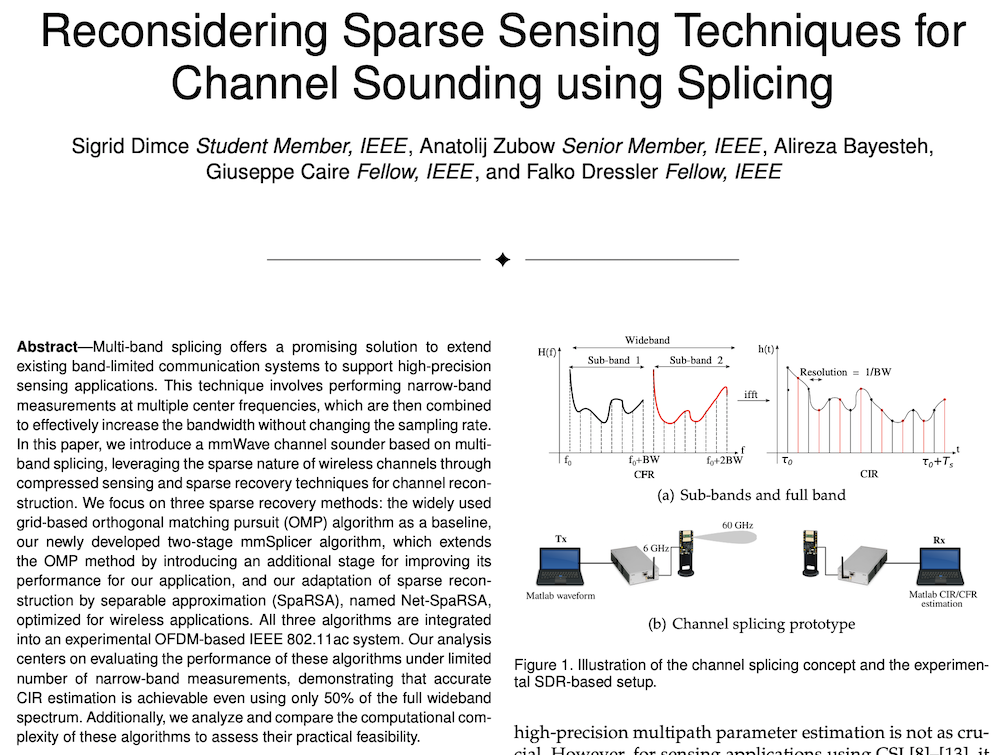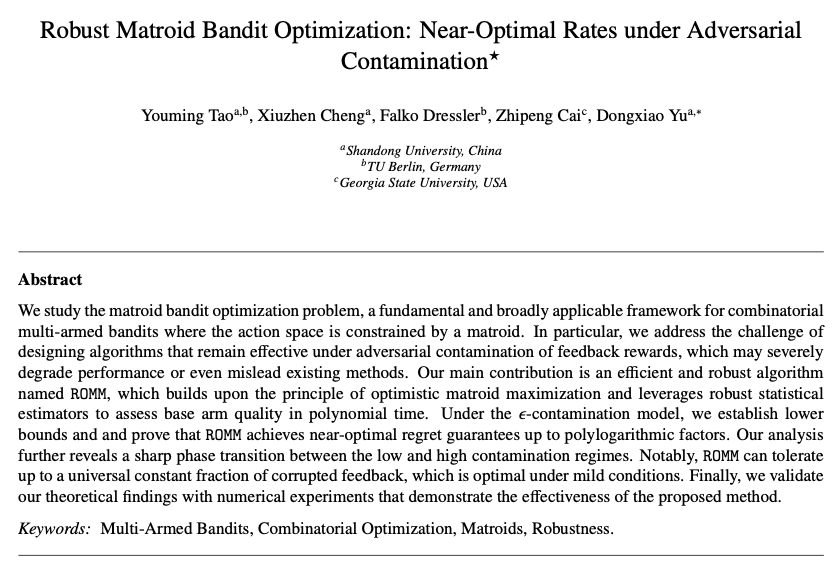Literature Database Entry
kennedy2022centralized-preprint
Justin M. Kennedy, Julian Heinovski, Daniel E. Quevedo and Falko Dressler, "Centralized Model-Predictive Control with Human-Driver Interaction for Platooning," arXiv, cs.MA, 2205.09259, May 2022, pp. 1–15.
Abstract
Cooperative adaptive cruise control presents an opportunity to improve road transportation through increase in road capacity and reduction in energy use and accidents. Clever design of control algorithms and communication systems is required to ensure that the vehicle platoon is stable and meets desired safety requirements. In this paper, we propose a centralized model predictive controller for a heterogeneous platoon of vehicles to reach a desired platoon velocity and individual inter-vehicle distances with driver-selected headway time. In our approach, we allow for interruption from a human driver in the platoon that temporarily takes control of their vehicle with the assumption that the driver will, at minimum, obey legal velocity limits and the physical performance constraints of their vehicle. The finite horizon cost function of our proposed platoon controller is inspired from the infinite horizon design. To the best of our knowledge, this is the first platoon controller that integrates human-driven vehicles. We illustrate the performance of our proposed design with a numerical study.
Quick access
Original Version ![]() (at publishers web site)
(at publishers web site)
Authors' Version ![]() (PDF on this web site)
(PDF on this web site)
BibTeX ![]()
Contact
Justin M. Kennedy
Julian Heinovski
Daniel E. Quevedo
Falko Dressler
BibTeX reference
@techreport{kennedy2022centralized-preprint,
author = {Kennedy, Justin M. and Heinovski, Julian and Quevedo, Daniel E. and Dressler, Falko},
doi = {10.48550/arXiv.2205.09259},
title = {{Centralized Model-Predictive Control with Human-Driver Interaction for Platooning}},
institution = {arXiv},
month = {5},
number = {2205.09259},
pages = {1--15},
type = {cs.MA},
year = {2022},
}
Copyright notice
Links to final or draft versions of papers are presented here to ensure timely dissemination of scholarly and technical work. Copyright and all rights therein are retained by authors or by other copyright holders. All persons copying this information are expected to adhere to the terms and constraints invoked by each author's copyright. In most cases, these works may not be reposted or distributed for commercial purposes without the explicit permission of the copyright holder.
The following applies to all papers listed above that have IEEE copyrights: Personal use of this material is permitted. However, permission to reprint/republish this material for advertising or promotional purposes or for creating new collective works for resale or redistribution to servers or lists, or to reuse any copyrighted component of this work in other works must be obtained from the IEEE.
The following applies to all papers listed above that are in submission to IEEE conference/workshop proceedings or journals: This work has been submitted to the IEEE for possible publication. Copyright may be transferred without notice, after which this version may no longer be accessible.
The following applies to all papers listed above that have ACM copyrights: ACM COPYRIGHT NOTICE. Permission to make digital or hard copies of part or all of this work for personal or classroom use is granted without fee provided that copies are not made or distributed for profit or commercial advantage and that copies bear this notice and the full citation on the first page. Copyrights for components of this work owned by others than ACM must be honored. Abstracting with credit is permitted. To copy otherwise, to republish, to post on servers, or to redistribute to lists, requires prior specific permission and/or a fee. Request permissions from Publications Dept., ACM, Inc., fax +1 (212) 869-0481, or permissions@acm.org.
The following applies to all SpringerLink papers listed above that have Springer Science+Business Media copyrights: The original publication is available at www.springerlink.com.
This page was automatically generated using BibDB and bib2web.






